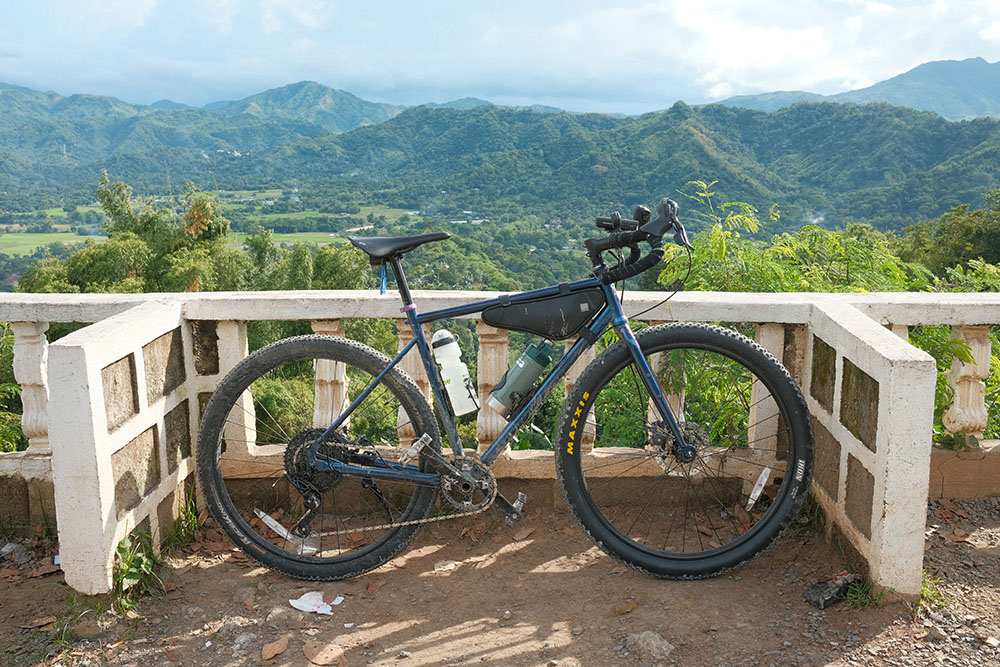
Gravel bikes have risen in popularity due to their versatility, being designed for long rides and off-road adventures. This makes them highly suitable for bike-commuting in Metro Manila, especially with the road conditions here.
My first and only gravel bike is a Marin Nicasio, which came with an entry-level Shimano Claris. Eventually, as I tried different bikes with better parts, I began to think of upgrading for smoother shifting. However, there aren’t a lot of gravel-specific drivetrains, so my choices were limited.
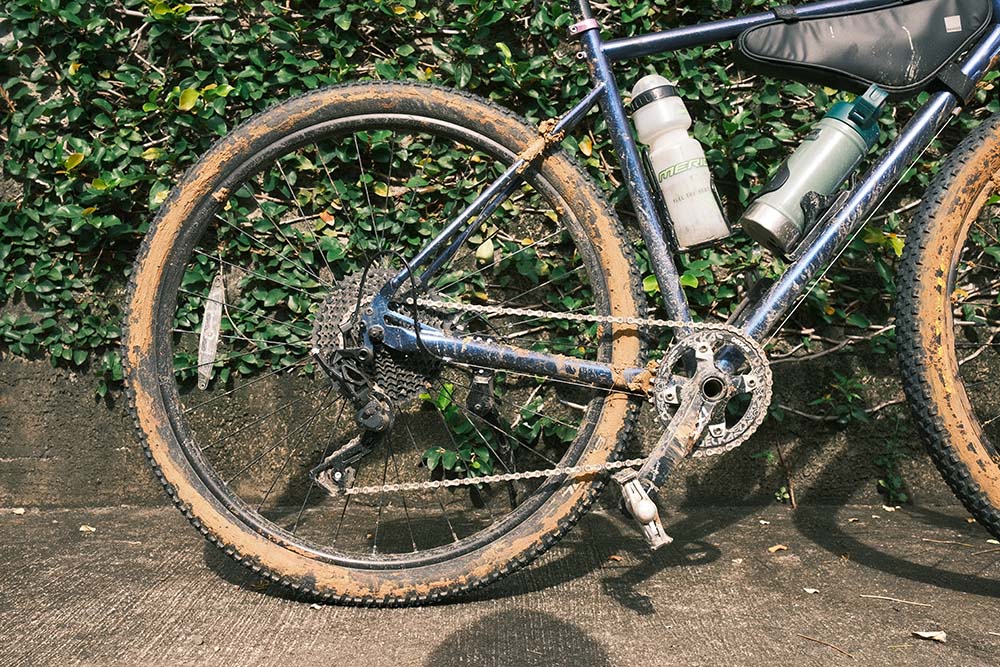
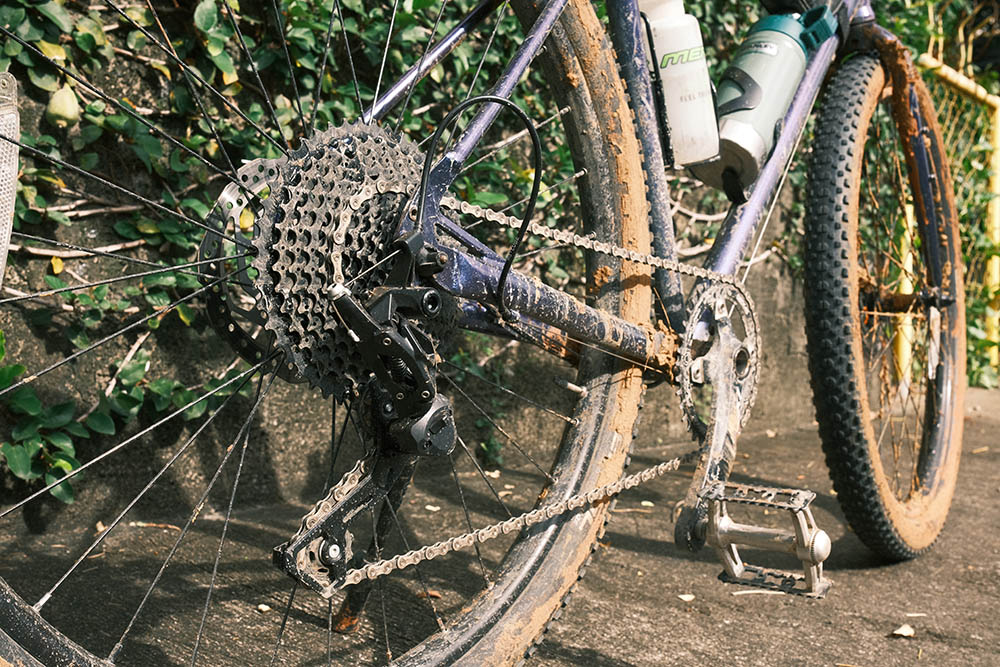
Just so we’re on the same page, the drivetrain refers to a set of parts needed for a bicycle to move. The pedals, the crank, the chainring (or front sprocket), the chain, and the cassette (or rear sprockets) are pretty self-explanatory as that’s how power is transmitted to the wheel.
The rear derailleur (RD) is responsible for moving the chain across the cassette when changing gears, actuated by shifters usually located on the handlebars. There can also be a front derailleur (FD) for shifting gears at the crank when there are multiple chainrings.
Not wanting to spend a lot for a marginal gain, I began researching and considered the Shimano Tiagra, which is two tiers higher than the Claris on Shimano’s hierarchy of road-bike groupsets.
Learning that I’d have to shell out around P16,000 (for the 10-speed chain, the cassette, the RD, and the shifters) made me think if there were any more meaningful upgrades for that much money. With the Tiagra, the shifting may be smoother, but I’d still be stuck with the same narrow gear range.
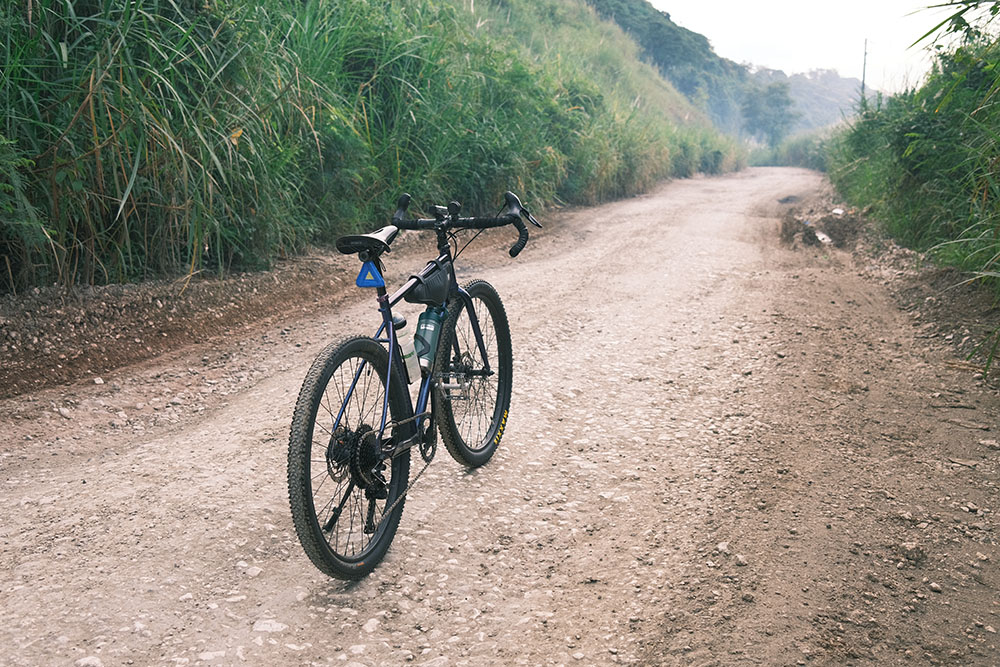
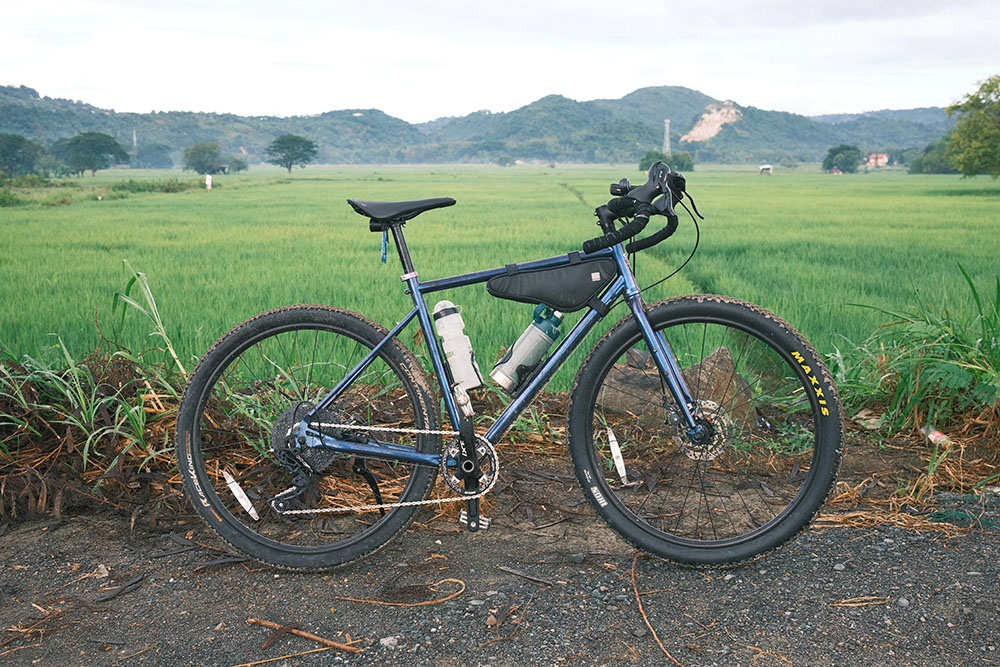
Although gravel bikes use drop-bar shifters like road bikes, they aren’t designed for the same kind of riding. This means the gearing isn’t ideal for mixed surfaces, steep inclines, heavy loads, or any combination of these.
A wide gear range is desirable like with mountain bikes (MTB), but Shimano’s drop-bar shifters are incompatible with its MTB RDs. And that’s why the GRX drivetrain was released specifically for gravel bikes. The problem is that it costs as much as my bicycle—if not more—so it isn’t practical.
Other cyclists circumvent this by using bar-end shifters with MTB drivetrains. However, this hack isn’t as straightforward, and bar-end shifters aren’t the most convenient way of changing gears.
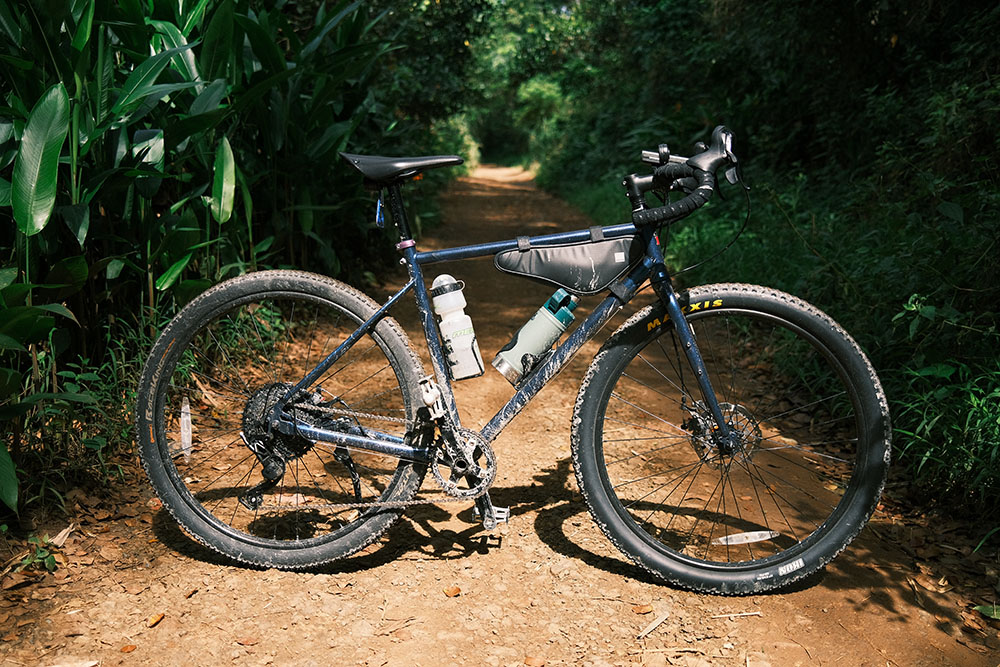
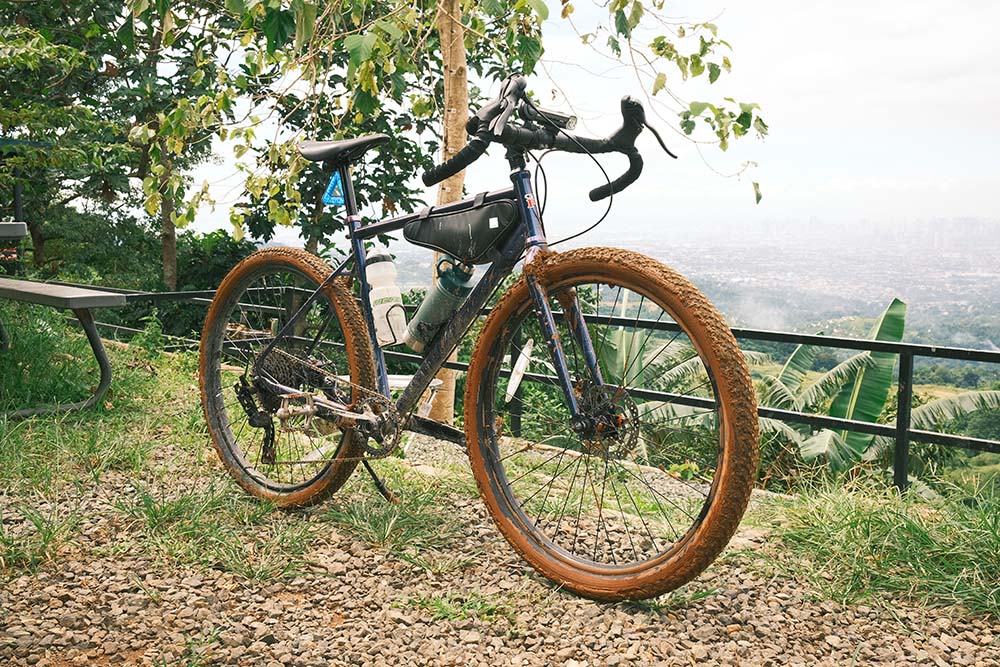
Looking at other brands, there was one alternative that seemed viable: Microshift. The Taiwanese company isn’t on the same level as industry giants Shimano and SRAM, but its Advent series of MTB drivetrains was compelling.
The Advent XLE kit I purchased came with an 11-46T cassette (versus 11-32T on the Shimano Claris) and a medium-cage RD with a clutch to prevent chain slap when riding on bumpy terrain.
The included drop-bar shifters are compatible with 11-speed MTB drivetrains, with only the right one doing any shifting. That’s okay since my setup was already a 1x drivetrain where there’s only one chainring and no FD.
I personally prefer this for a number of reasons. It keeps my setup simple. I don’t need a second chainring for sprinting. And my bike doesn’t have enough clearance for an FD to begin with.
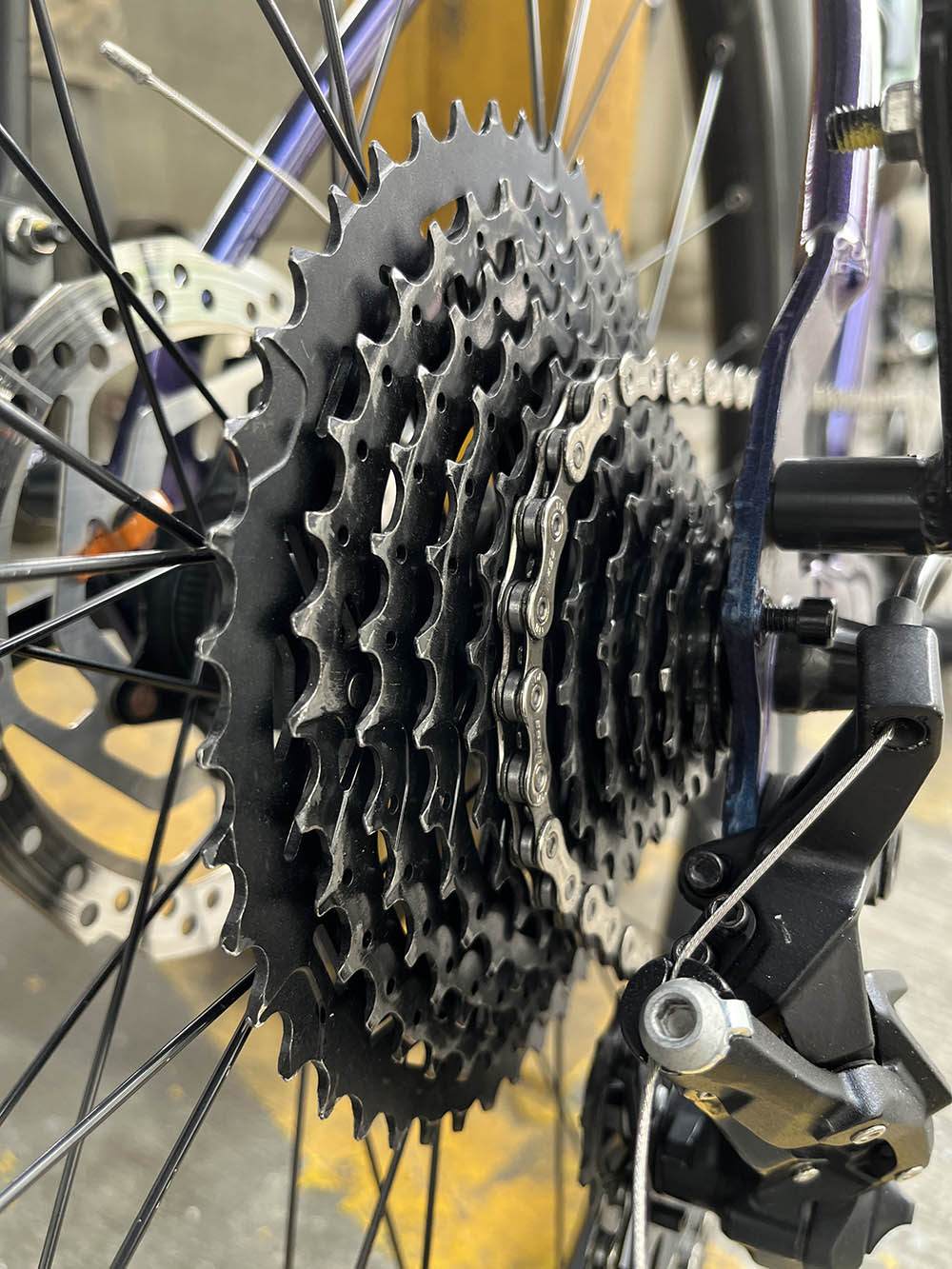
It’s easy to list down these features on a spec sheet, but was there any difference in the real world? Yes, indeed.
Although I was able to do a Sierra Madre loop and one trail ride with the Claris, I was mostly resorting to brute force as the gearing was too heavy. The larger gears of the Advent XLE made climbs a lot easier, especially when my bike was loaded with panniers for commuting.
The shifters are more ergonomic, being easier to grip. With the Claris, the brake levers were harder to press since the same lever was also responsible for shifting. Now that the brake lever and the shifter paddles are separate, I can brake more confidently and smoothly.
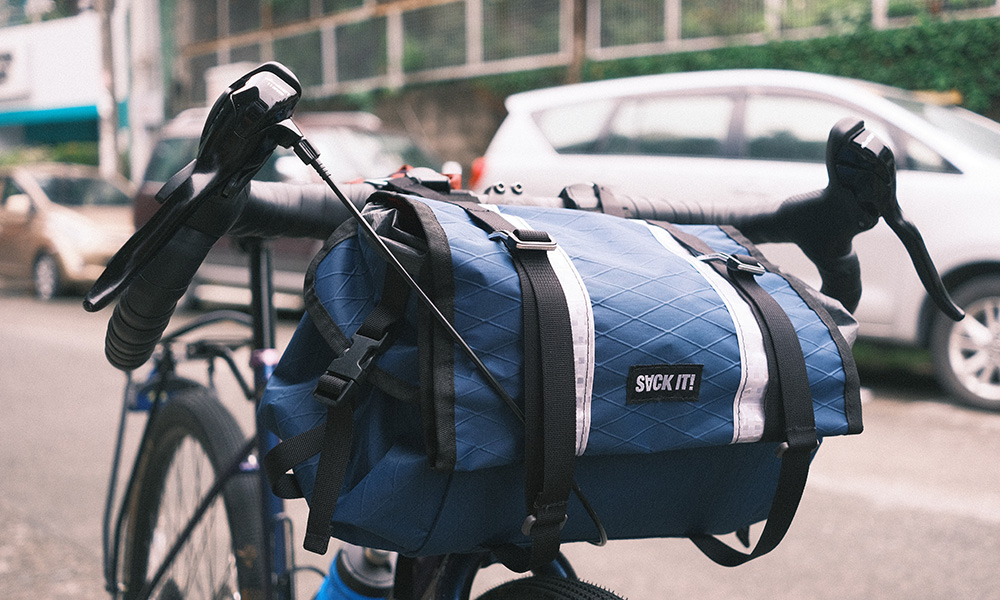
Being a budget option, this drivetrain has obvious shortcomings. The Advent XLE isn’t the most mechanically refined piece of machinery as the shifts have a definitive “clunk” to them. Also, the external cable routing isn’t aesthetically pleasing and can get in the way of a front bag.
Not everything has been smooth riding either since there were two occasions when the drivetrain went out of tune mid-ride. This made the lightest gears inaccessible, which is something you don’t want when climbing Shotgun Road or trail-riding in San Mateo, Rizal.
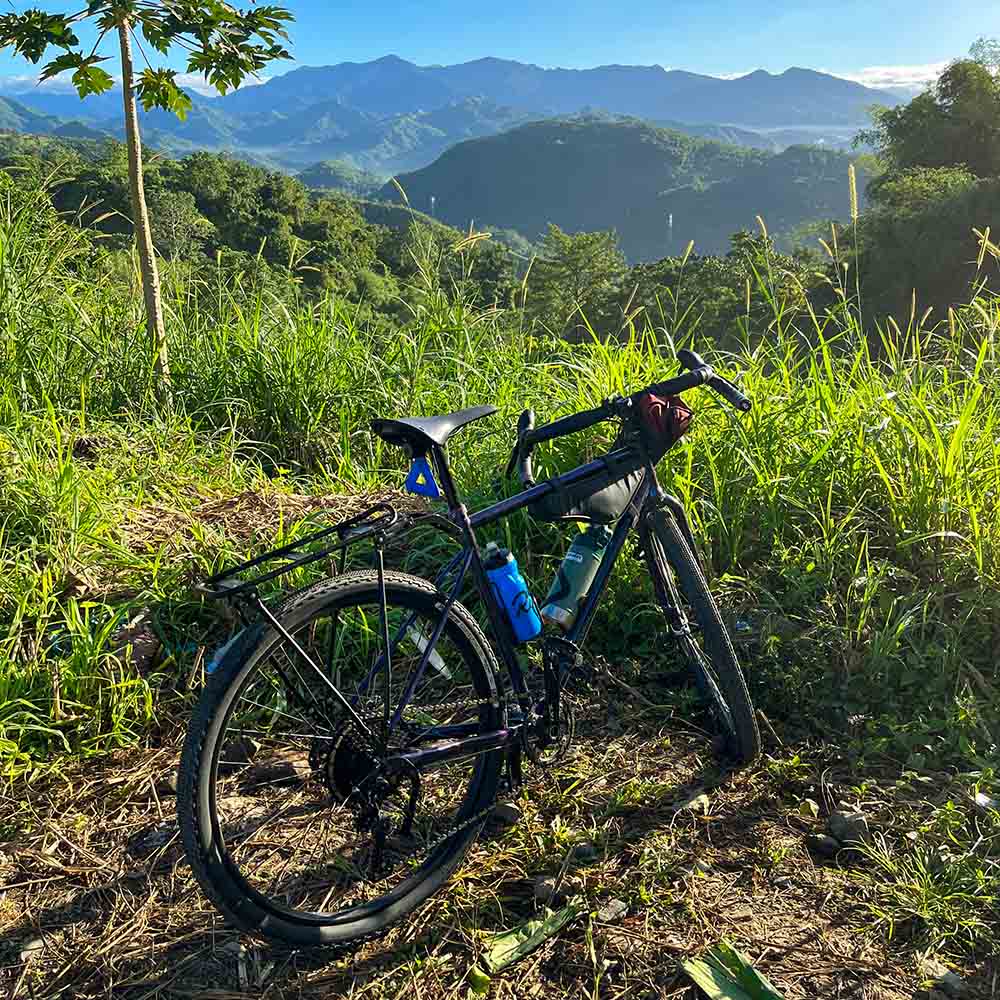
Remember when I said that the Tiagra parts were around P16,000, while the GRX was worth as much as a whole bike? I was able to purchase the Microshift Advent XLE kit for P14,000 at Tambay Cycling Hub. Coming from an eight-speed drivetrain, I also needed an 11-speed chain—which I got for P1,600.
In the end, installing the Advent XLE didn’t result in smoother shifting, but it made my Marin Nicasio a more versatile bike, better equipped for bike-commuting and gravel-riding.


0 Comments